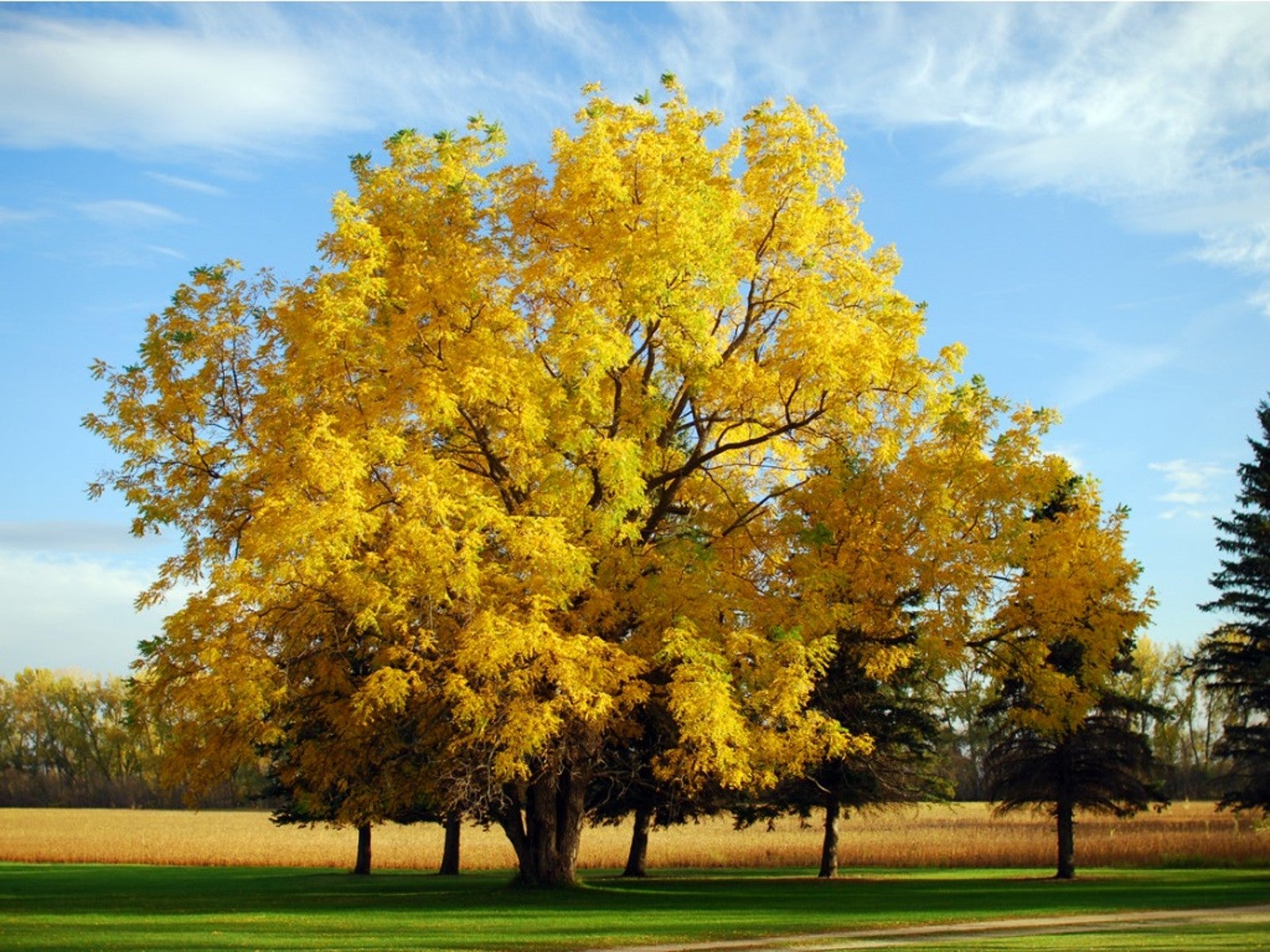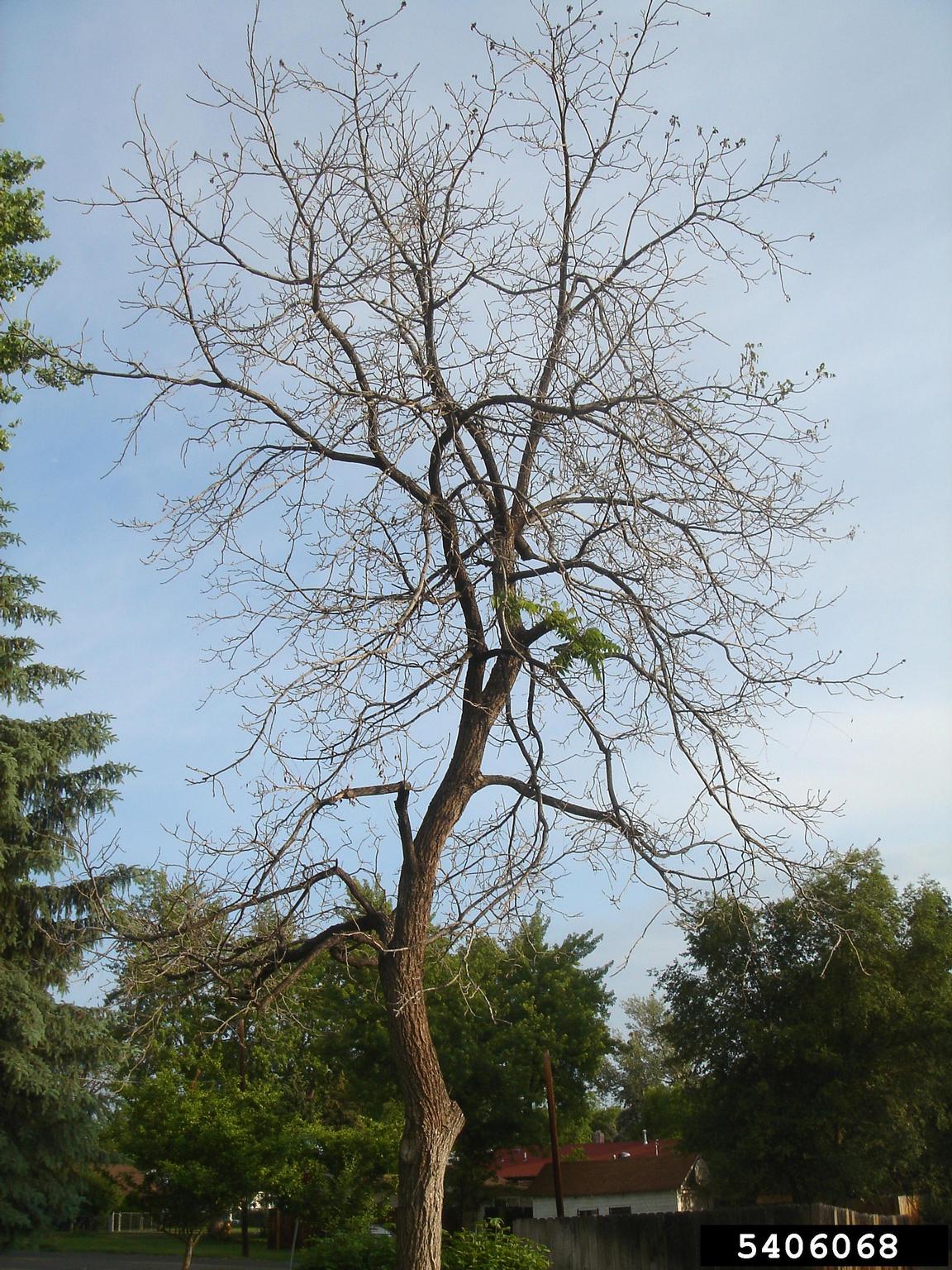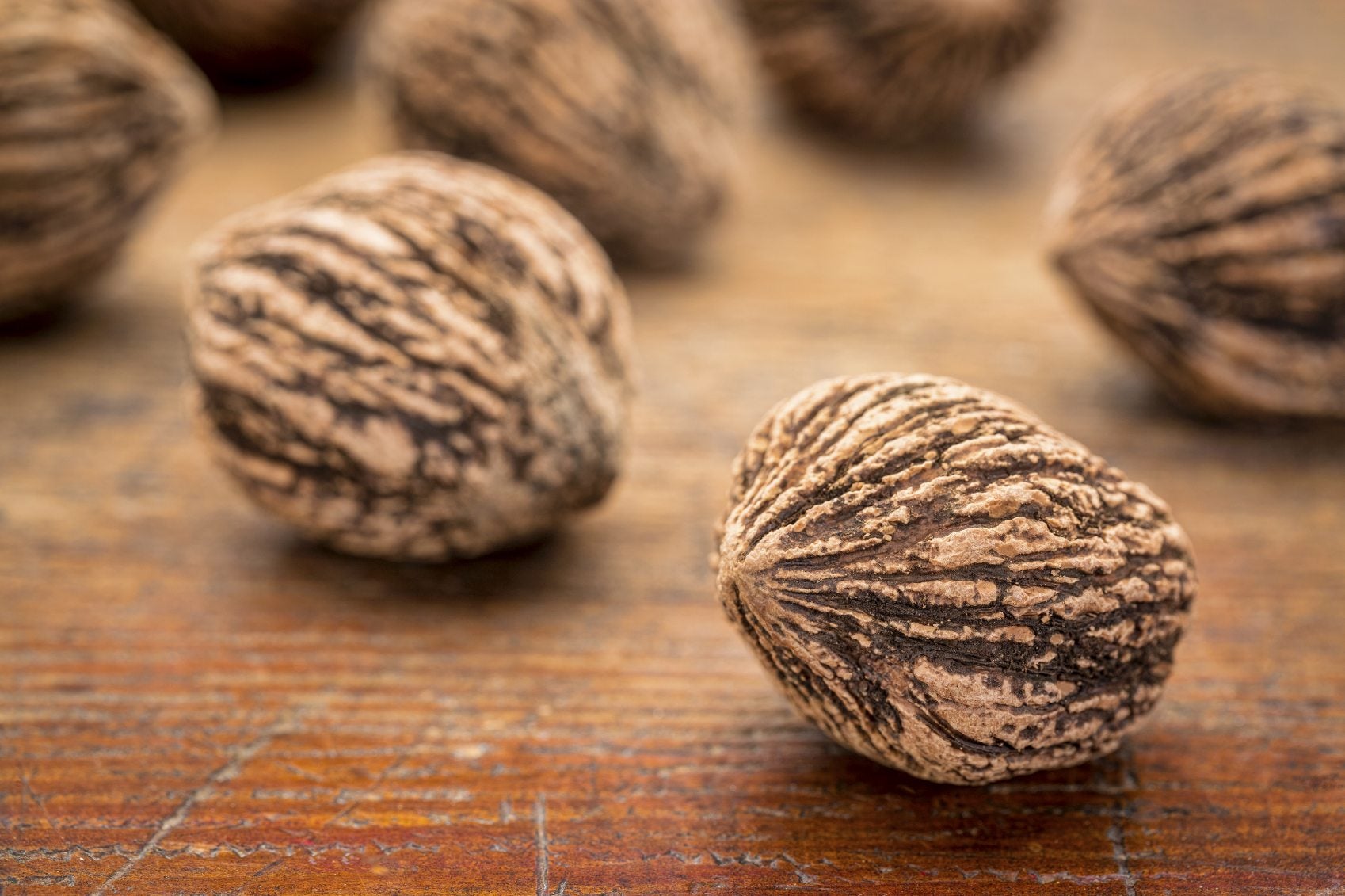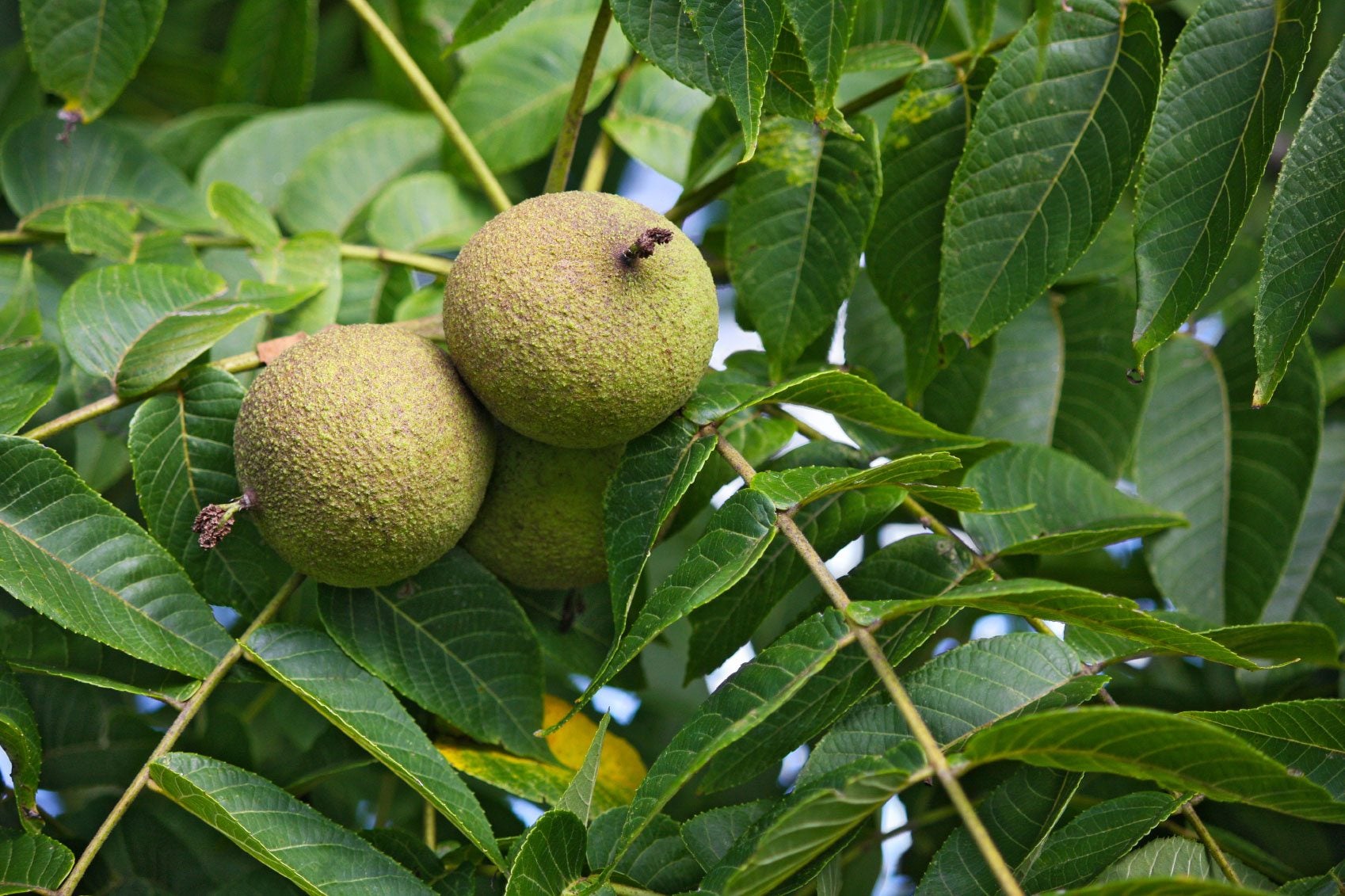Planting Black Walnut Trees: Learn About Black Walnut Tree Growing

If you are an avid arborist or if you live in an area that was recently populated by native black walnut trees, you may have questions about how to plant a black walnut tree. Also, what other black walnut tree info can we dig up?
Black Walnut Tree Info
Black walnut trees are native to the central and eastern United States and until the turn of the century, quite common. These trees can live up to 200 years of age and are one of six walnut species found in the United States. In a natural setting, black walnut trees can be found growing alongside:
Intolerant of drought, black walnut trees have a lovely canopy, stretching up to 100 feet (30.5 m.) in height. Valued for their lumber, walnuts also provide food and shelter for native wildlife. Black walnut roots, however, contain juglone which may be toxic to some types of plants. Be aware of this and plan accordingly. The fruit husks from black walnut are used to make a yellow dye and the seed is used in candy making, abrasive cleaning products, and explosives.
How to Plant a Black Walnut Tree
Consider planting black walnut trees if you live in USDA hardiness zones 5a through 9a with at least 25 inches (63.5 cm.) of precipitation and 140 frost-free days per year. Black walnut trees do best growing in deep, fertile, moist, yet well-drained soil with textures ranging from sandy loam, loam, and silt loam to silty clay loam. Select a site that is facing north or east when planting black walnut and avoid areas in valleys, bottomland sites, or where airflow is minimal, as all of these foster potential frost damage. You'll need to choose an area of full sun as well. To grow your own black walnut, it's best to either purchase a tree, get a seedling from a local gardener who has a tree, or try to germinate your own by planting nuts. Gather the nuts and remove the husks. Plant six nuts, 4 inches (10 cm.) apart in a cluster, 4 to 5 inches (10-12.5 cm.) deep. As you no doubt have squirrels, pre-emptive caring for the black walnut trees is in order. Cover the planting area with a cloth and pin it to the ground. Lay a layer of mulch (straw or leaves) over the cloth to prevent repeated freezing and thawing. Mark the planting site clearly. The seeds will germinate in the spring. Remove the mulch and cloth in late winter. Once the trees have grown for a few months, choose the best ones and eliminate the others. Caring for black walnut trees is pretty straightforward after that. Keep them moist until they attain some size. Otherwise, the trees, although drought sensitive, have a deep taproot and should be fine as long as they are situated as stipulated above.
Gardening tips, videos, info and more delivered right to your inbox!
Sign up for the Gardening Know How newsletter today and receive a free copy of our e-book "How to Grow Delicious Tomatoes".

Amy Grant has been gardening for 30 years and writing for 15. A professional chef and caterer, Amy's area of expertise is culinary gardening.
-
 Try The Trend – Turn Any Bed Into A Keyhole Garden With This Clever In-Ground Composter
Try The Trend – Turn Any Bed Into A Keyhole Garden With This Clever In-Ground ComposterKeyhole gardening is an efficient and sustainable practice that saves space. Get started on this DIY project quickly and easily with an in-ground composter.
By Bonnie L. Grant
-
 4 Superfast Composting Methods: Turn Waste Into Garden Gold In 30 Days Or Less
4 Superfast Composting Methods: Turn Waste Into Garden Gold In 30 Days Or LessTry the fastest composting methods to turbocharge your pile and transform kitchen scraps and garden waste into finished compost in just a few weeks.
By Mary Ellen Ellis
-
 Choosing Juglone Tolerant Trees – Planting Trees Near Black Walnuts
Choosing Juglone Tolerant Trees – Planting Trees Near Black WalnutsIf you want to plant trees next to black walnuts, you need ones with juglone tolerance. For more information, click here.
By Teo Spengler
-
 Is My Black Walnut Dead: How To Tell If A Black Walnut Is Dead
Is My Black Walnut Dead: How To Tell If A Black Walnut Is DeadBlack walnuts are subject to diseases and pests that can kill them at any age. Click here and learn how to tell if a black walnut tree is dead or dying.
By Teo Spengler
-
 Harvesting Black Walnut Trees: When Do Black Walnuts Fall
Harvesting Black Walnut Trees: When Do Black Walnuts FallBlack walnuts that are ripe will almost literally fall in your lap. All you need is a tarp, some containers, and knowledge of when do black walnuts fall. This article has information that will help with harvesting black walnuts.
By Bonnie L. Grant
-
 Black Walnut Tree Compatible Plants: Plants That Grow Under Black Walnut Trees
Black Walnut Tree Compatible Plants: Plants That Grow Under Black Walnut TreesThe black walnut tree is a great hardwood tree that is grown in many home landscapes. However, because of its toxicity, some plants don't do well when planted around the black walnut. Read here for tolerant plants.
By Gardening Know How